
An ultrasonic transducer operates on the principle of converting electrical energy into mechanical vibrations to produce sound waves beyond the human hearing range, typically above 20KHz, known as ultrasound. These devices are integral in various applications, primarily for non-destructive testing, material measurement, and detecting flaws in a lower wavelength range.
The working principle of an ultrasonic transducer involves the transmission of electric waves that are transformed into ultrasonic signals. These signals are then sent to the target, and the data is reflected back to the transducer, which reconverts them into electrical signals. This process is crucial for determining the distance of an object, as the transducer measures the time interval between sending the wave and receiving the echo.
Ultrasonic transducers are designed with key components such as a backing, wear plate, and an active element, typically made of piezoelectric or single crystal materials. These elements are responsible for the conversion of electrical waves to ultrasonic energy and vice versa. The sensitivity and resolution of a transducer are significant factors that influence its ability to detect and differentiate signals, which is essential for identifying material faults.
The formula 'D = ½ * T * C' is used by ultrasonic transducers to calculate distance, where 'D' stands for distance, 'T' represents the time gap between the transmission and reception of signals, and 'C' denotes the sonic velocity. This principle allows ultrasonic transducers to operate effectively without being affected by environmental factors such as dust or dark materials, making them a reliable choice over other sensors like infrared.





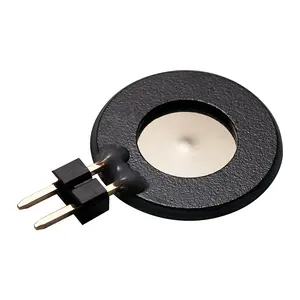
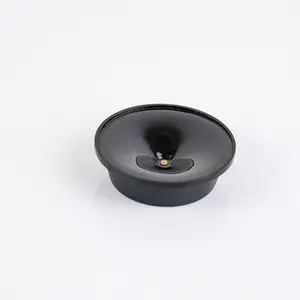

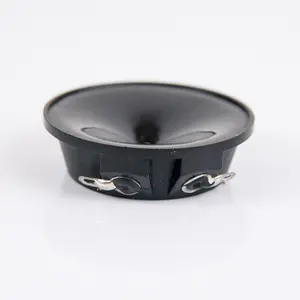


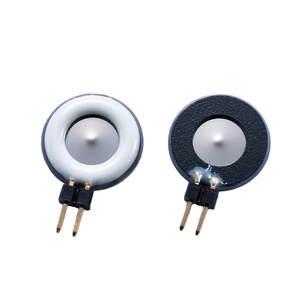







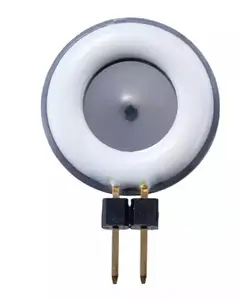



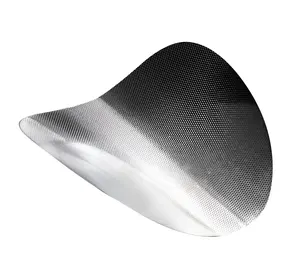
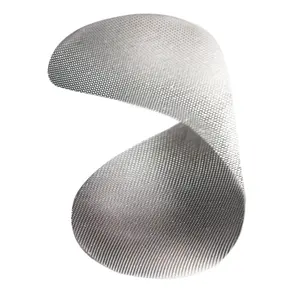

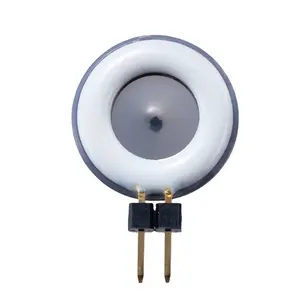





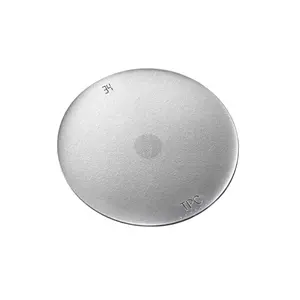
























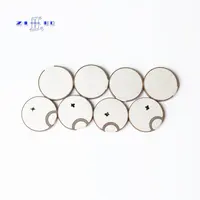









 浙公网安备 33010002000092号
浙公网安备 33010002000092号 浙B2-20120091-4
浙B2-20120091-4